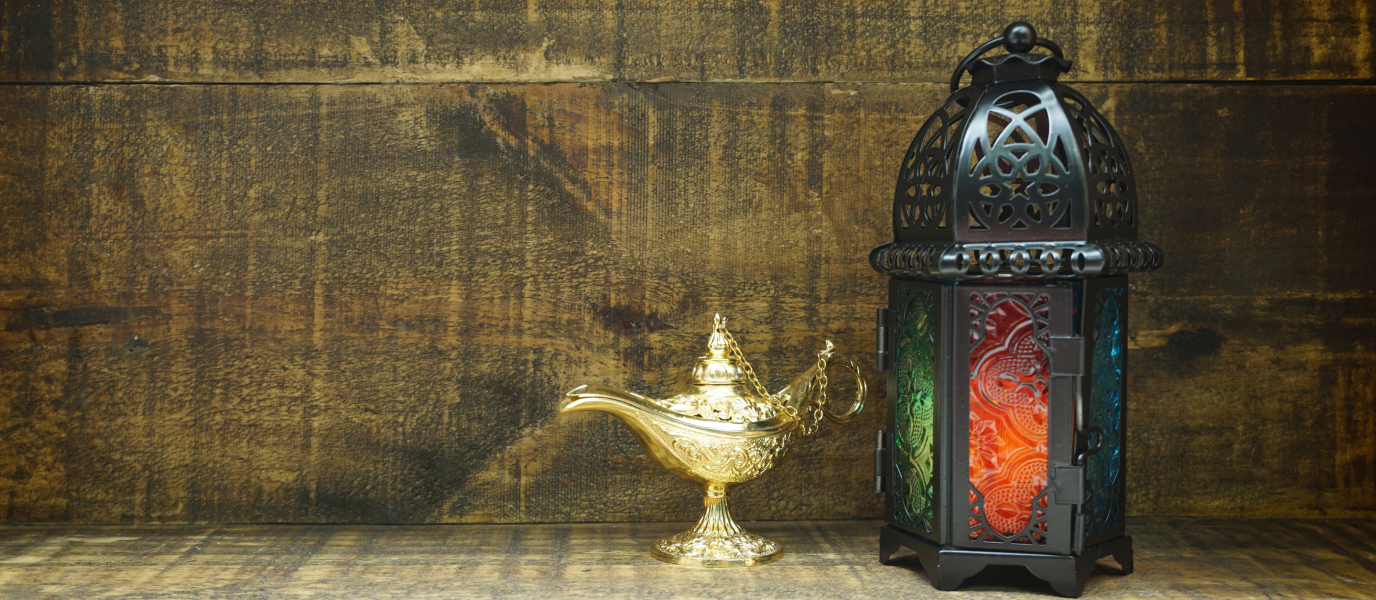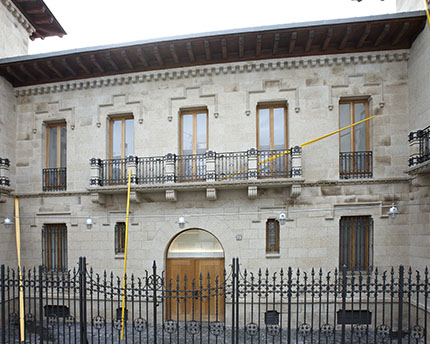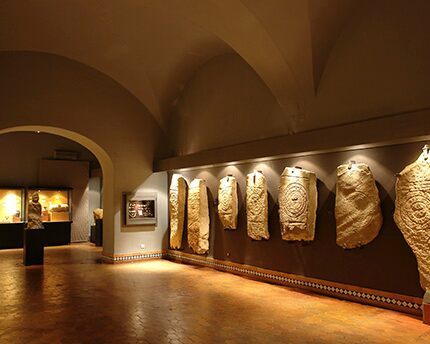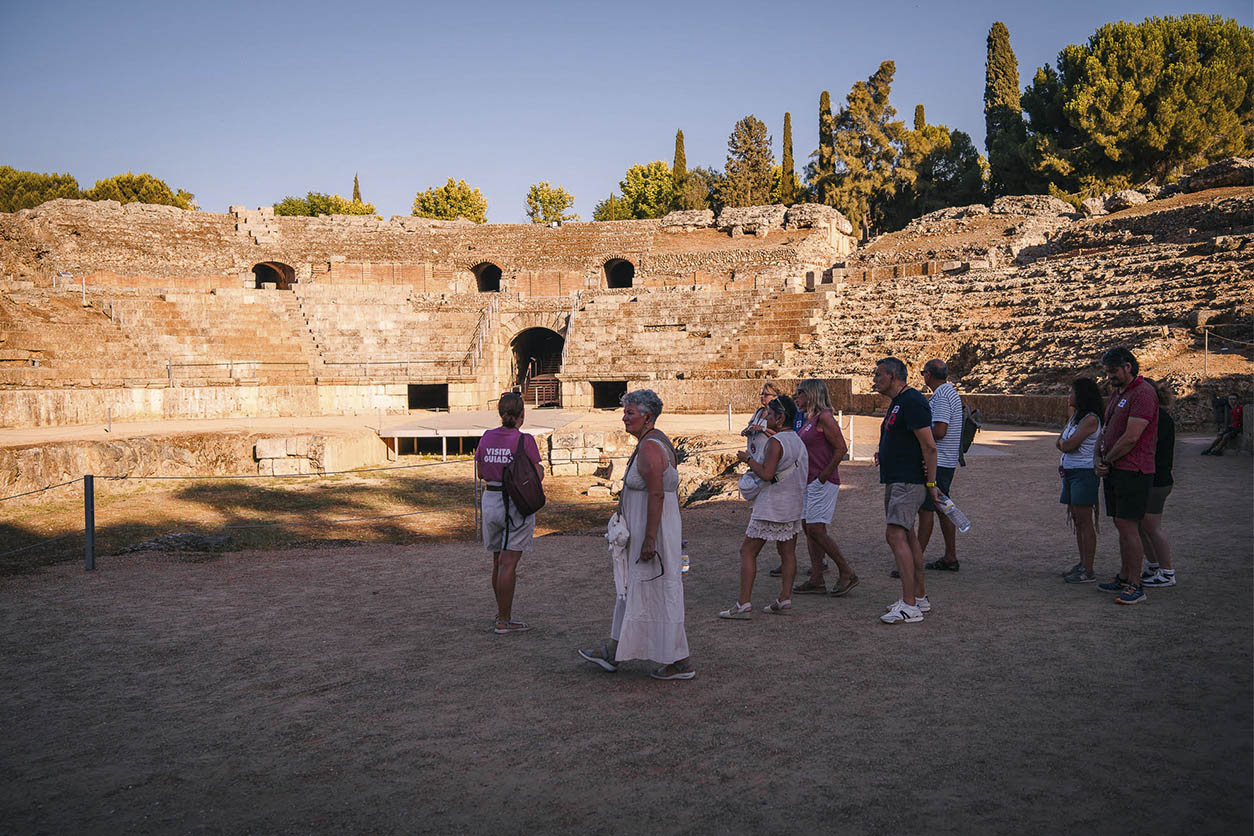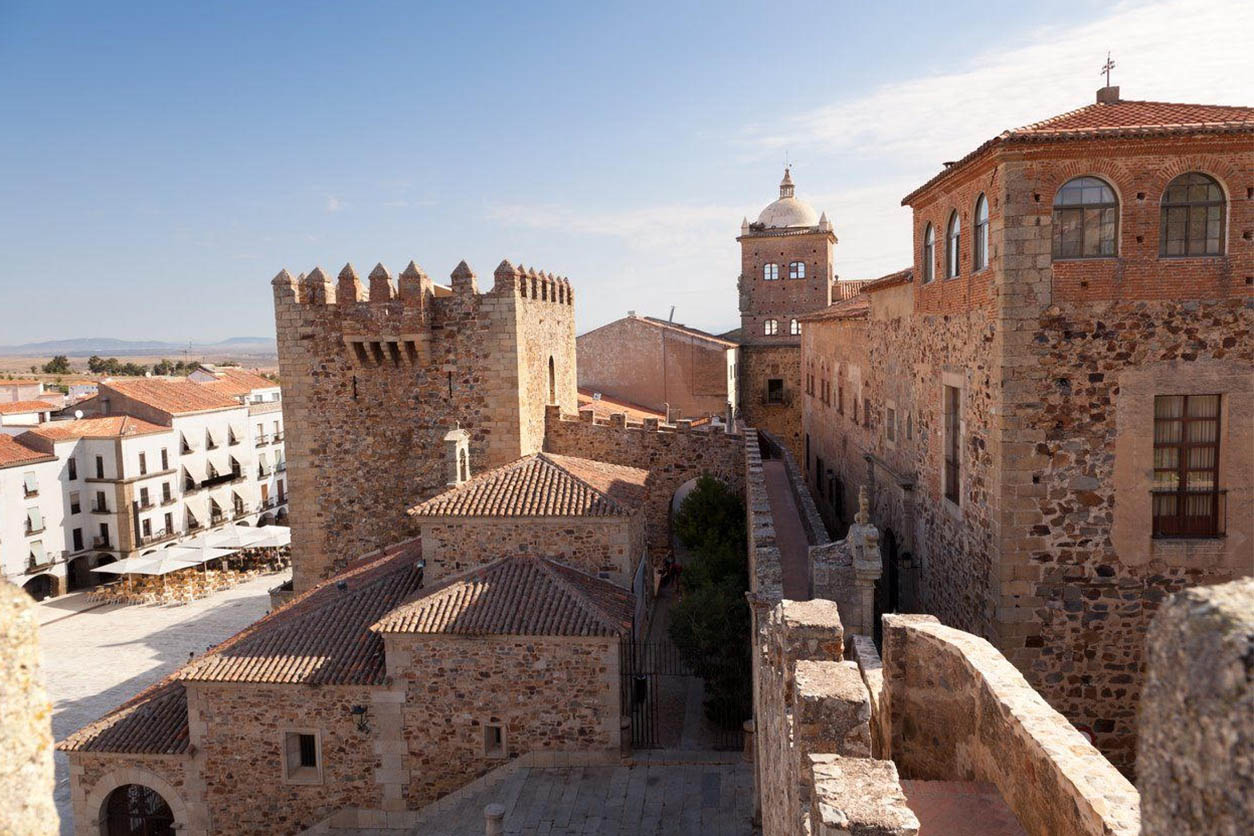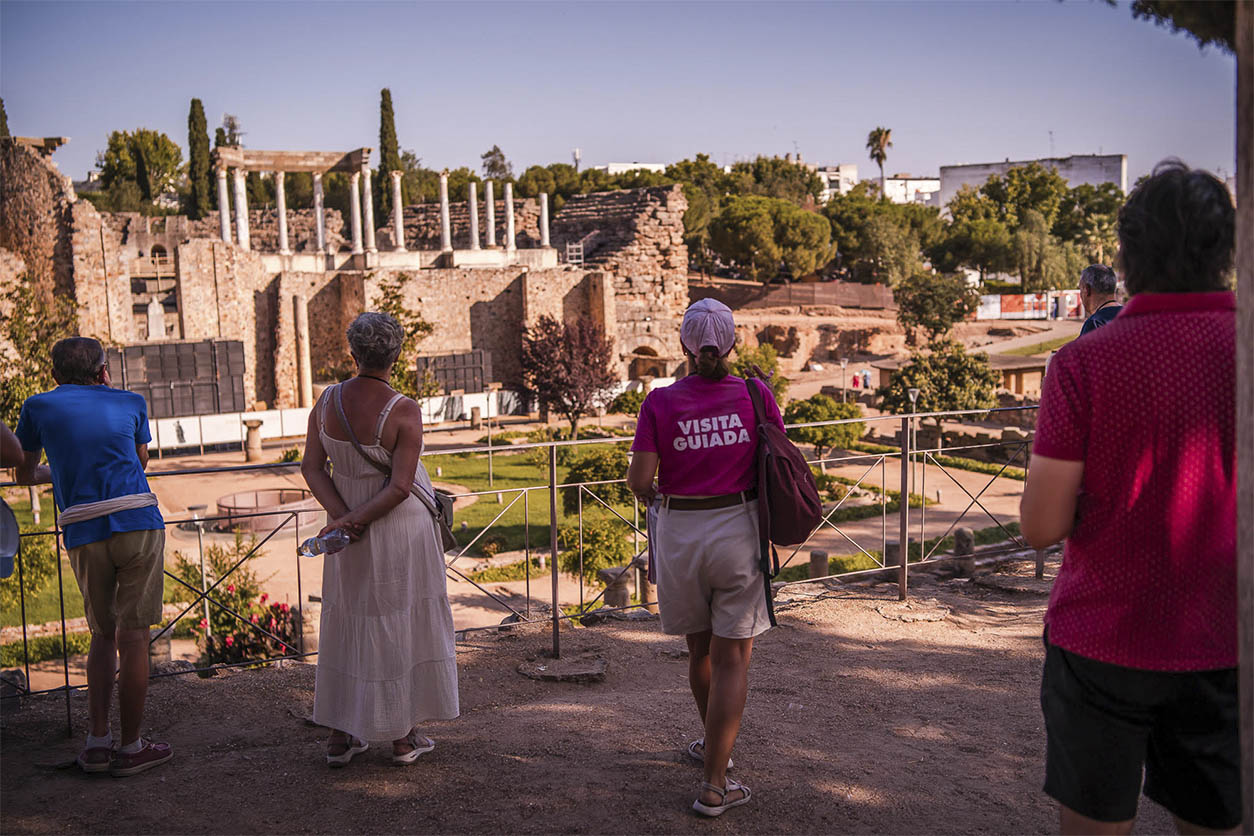It’s difficult to imagine that, among the ancient streets of Cáceres, there is a Museum of the History of Computation. This fascinating museum offers its visitors a look into the amazing evolution of computers and how they have affected our way of life. It is also famous for its collection of computers, especially those built by Apple.
Located just five minutes’ walk from the centre and the Cathedral of Santa María, the Museum of the History of Computation (Museo de Historia de la Computación) awaits its guests like a temple of technology.
A homage to Apple in Cáceres
Since its opening in 2017, the museum has dedicated the lion’s share of its space to the creations of Apple, making it a unique museum in Spain. Thanks to more than twenty years’ work collecting and restoring these machines, you can now witness first-hand the past, present and future of Apple technology. It also has a simple, modern design that would have made even Steve Jobs proud.
To give a little background of the museum’s main theme, Steve Wozniak and Steve Jobs met in 1971, when they were 21 and 15 respectively. Wozniak spoke to Jobs about his attempts at building a computer in his home and Jobs, even at that young age, saw business opportunities in the idea and he offered to take on the marketing side of their fledgling business then and there. After Hewlett-Packard rejected their ideas for a ‘personal computer’ Wozniak and Jobs set up the Apple Computer Company in 1976 and called their first computer the Apple I. Ten years later, Apple had upwards of 4000 employees and had made Jobs the youngest millionaire in the world at the time.
Although Jobs left Apple for a few years – in which time he bought Pixar and created NeXT Computers – he returned to his beloved company as Chief Executive in 1997 and set about making it even more successful. In 2011, after finally stepping down from the helm, Tim Cook took over and Jobs passed away not long after. Thankfully, in Cáceres today you can still see some of Apple’s most iconic creations.
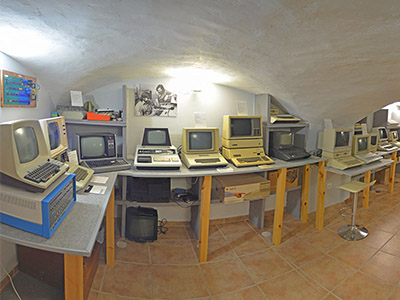
The Museum’s most valuable pieces
Among the more than 300 computers from different periods that make up the collection, there are those from IBM, Atari, Olivetti and Toshiba. However, the indisputable star of the show is, of course, Apple. It’s for that reason that reason the museum is so famous, but the true joy of visiting comes from the fact that all of the machines are fully working and not locked away in display cases. You can switch them on and use them!
Visits to the museum are always guided by in-house experts who give learned accounts of the construction of these machines and even show off some of their capabilities. Here are just a few of the most interesting machines on display:
- A replica of the motherboard for the Apple I. This was the first model designed in 1976 by Wozniak and Jobs and is one of the first personal computers ever invented. Its ‘genius’ lay in the connecting a microprocessor to a monitor and keyboard. Wozniak built the original by hand and the construction of this replica was a similar case since it was so difficult to find original parts.
- Apple II. Thanks to the steady earnings Apple made in the first few years Jobs and Wozniak were able to embark on a project of more magnitude: the Apple II. Released in 1977, the Apple II was the first mass-produced personal computer. Its colour monitor was revolutionary and for that reason it had the famous multi-coloured bitten apple logo, which was the company logo until 1998. You can play contemporary videogames, such as Space Invaders, on the Apple II at the Museum.
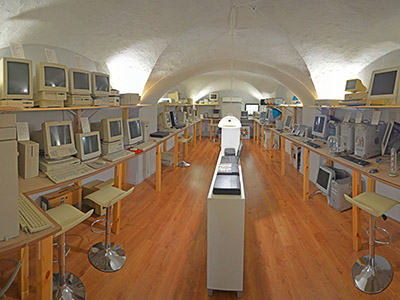
- Apple Lisa. Released in 1983, the Lisa was not a commercial success but was a pioneer in the worlds of both hardware and software. It boasted both a mouse and a hard drive, and you can see it in action at the museum.
- 20th Anniversary Macintosh. One of the most prized pieces in the Museum is this collector’s piece, designed by Jony Ive in order to celebrate the 20th anniversary of Apple’s creation, which was released as a limited edition in 1997. It was a revolutionary creation in terms of desktop computers because of its futuristic design and the advanced audio and visual components that resulted in its astronomical price of $8,000 at the time.
In the Museum of the History of Computation you will find many more original Macintoshes, some of which even include signatures of the design team on their casings. One such star of the Museum is the iMac G4, which is also on exhibition in the MoMA in New York because of its innovative design. Don’t forget to keep your eye out for the NeXT Computer from the end of the 1980s, which Apple ended up buying for its advanced operating system.
The Apple Museum offers a fascinating tour of the progress of information technology and could even be a fun activity to do with kids (link: Cáceres with kids), thanks to its interactive opportunities. Visits usually last about an hour and make for a unique experience.






































































